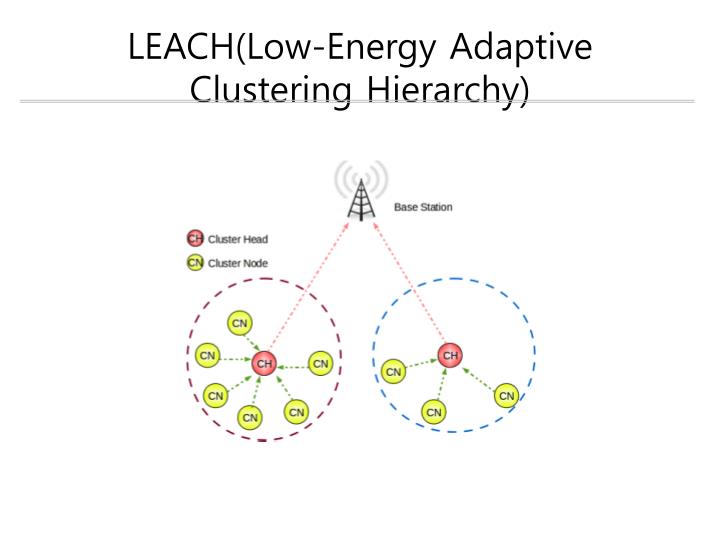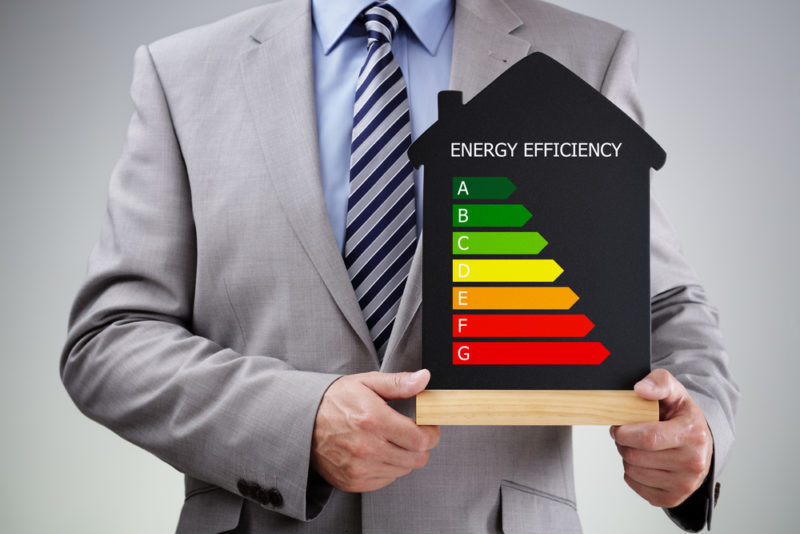Energy Efficiency In Wireless Sensor Networks Presentation
| Introduction to Energy Efficiency in Wireless Sensor Networks | ||
|---|---|---|
| Energy efficiency is a critical factor in the design and operation of wireless sensor networks. Wireless sensor networks are composed of small, low-power devices that collect and transmit data wirelessly. Maximizing energy efficiency in these networks is essential to prolong the network lifetime and reduce maintenance costs. | ||
| 1 | ||
| Importance of Energy Efficiency in Wireless Sensor Networks | ||
|---|---|---|
| Energy-efficient sensor networks save battery power, leading to longer network lifetime. Energy efficiency reduces the need for frequent battery replacements, minimizing maintenance costs. Energy-efficient networks contribute to a more sustainable and environmentally friendly operation. | ||
| 2 | ||
| Techniques for Energy Efficiency | ||
|---|---|---|
| Duty cycling: Nodes alternate between active and sleep modes, conserving energy during idle periods. Data aggregation: Combining data from multiple sensors reduces transmission overhead and energy consumption. In-network processing: Performing computations at the sensor nodes reduces the amount of data transmission and energy consumption. | ||
| 3 | ||
| Power Management Strategies | ||
|---|---|---|
| Dynamic voltage scaling: Adjusting the operating voltage of sensor nodes to match the required processing power, reducing energy consumption. Power control: Adjusting transmission power based on distance and signal strength to minimize energy consumption. Sleep scheduling: Coordinating sleep and wake-up times of sensor nodes to maximize network lifetime and reduce overall energy consumption. | ||
| 4 | ||
| Communication Protocols for Energy Efficiency | ||
|---|---|---|
| LEACH (Low Energy Adaptive Clustering Hierarchy): A clustering-based protocol that elects cluster heads to reduce energy consumption in data transmission. RPL (Routing Protocol for Low-power and Lossy Networks): A routing protocol designed for low-power and lossy networks, minimizing energy consumption during routing. MAC protocols (Medium Access Control): Controlling access to the wireless medium to avoid collisions and reduce energy consumption. | ||
| 5 | ||
| Energy Harvesting Techniques | ||
|---|---|---|
| Solar energy: Utilizing solar panels to convert sunlight into electrical energy for powering sensor nodes. Thermal energy: Capturing and converting heat energy into electrical energy for sensor node operation. Vibration energy: Harvesting mechanical vibrations and converting them into electrical energy for sensor node power. | ||
| 6 | ||
| Case Study: Energy Efficient Sensor Network Deployment | ||
|---|---|---|
| Deploying energy-efficient sensor networks in smart buildings to monitor energy usage and optimize HVAC systems. Using energy harvesting techniques to power sensors in remote agricultural areas for soil moisture monitoring. Implementing energy-efficient sensor networks in industrial settings for predictive maintenance and optimizing energy consumption. | ||
| 7 | ||
| Challenges and Future Directions | ||
|---|---|---|
| Limited resources: Finding ways to optimize energy efficiency in resource-constrained sensor nodes. Scalability: Developing energy-efficient solutions that can scale to larger sensor networks without sacrificing performance. Integration with IoT: Exploring energy-efficient integration of wireless sensor networks with the broader Internet of Things ecosystem. | ||
| 8 | ||
| Conclusion | ||
|---|---|---|
| Energy efficiency is crucial for wireless sensor networks to maximize network lifetime and reduce maintenance costs. Various techniques such as duty cycling, data aggregation, and in-network processing contribute to energy savings. Power management strategies, communication protocols, and energy harvesting techniques further enhance energy efficiency. | ||
| 9 | ||
| References (download PPTX file for details) | ||
|---|---|---|
| [Insert references here]... Your second bullet... Your third bullet... |  | |
| 10 | ||






